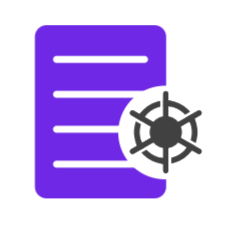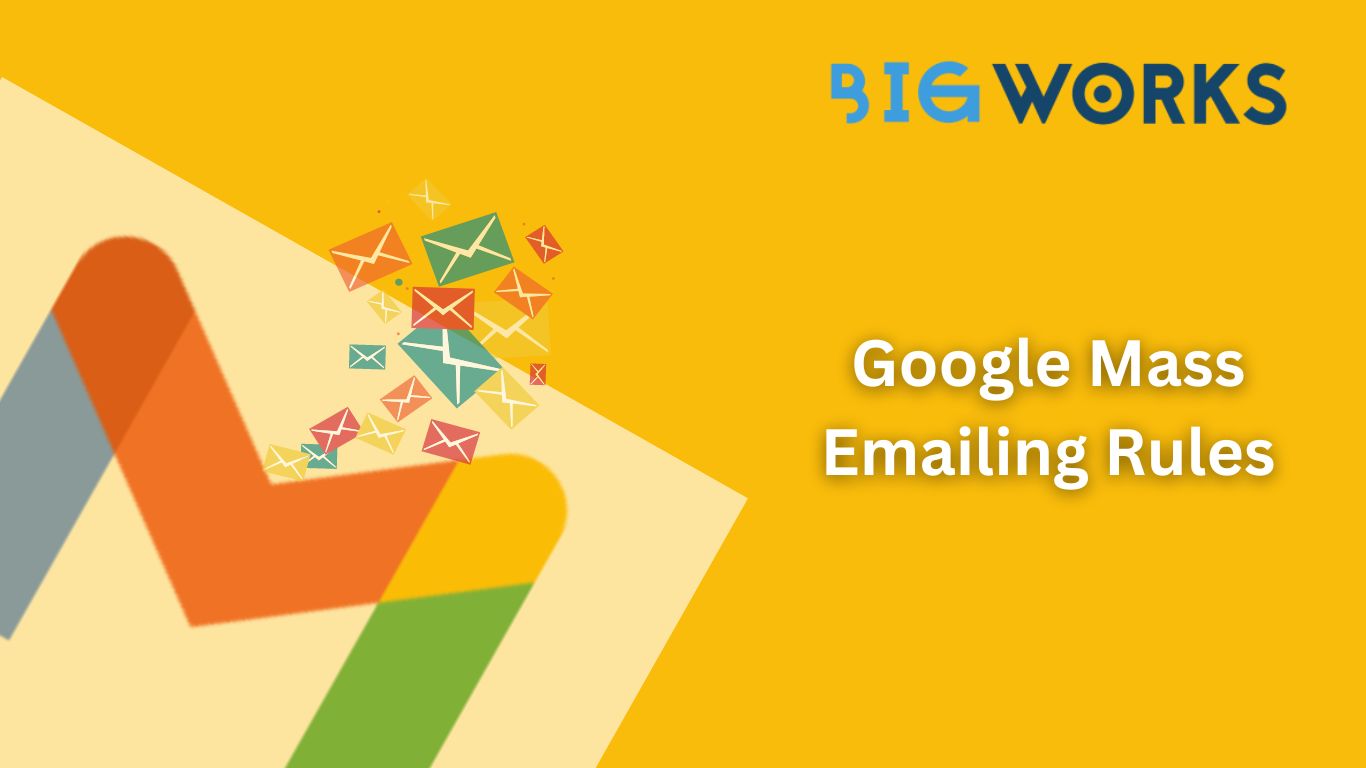We have mentioned the benefits of email marketing here and how it can boost your business when it is automated here.
But how does one go about actually conducting an email marketing campaign? Creating an email marketing campaign might seem like a daunting task to the uninitiated, but it’s actually quite easy.
Getting Started
You only need two things to get your email campaign started:
- An email marketing solution – to help you create and send promotional emails to a large number of recipients with ease and speed. Not only do they offer a range of features for emails, they also help you collect data and feedback from your email marketing campaigns.
- An email contact list – should contain the email addresses of your customers who have explicitly opted to receive email communication. Sending unsolicited emails is not appreciated, and may get your accounts marked as spam.
Strategize your email campaign
Once you have these in place, strategize your email campaign by answering these two important questions:
- What do you hope to achieve with this campaign? What are your goals? – Ensure this with your organization’s marketing goals.
- What is the information you’re trying to convey to your customers? What is the best kind of email to achieve it? – Based on the overall goal of your marketing campaign, decide what kind of content you want to send out.
- Newsletter – Used to keep in touch with your customers and keep your brand relevant. Usually about one topic of interest.
- Offer – Used to inform your customers if your organization is trying to raise awareness about an offer or promotion they’re running. Be sure to include all the offer details and include a call-to-action. Great to drive up immediate sales.
- Announcement – Used to inform existing customers about the launch of a new product, service or feature.
Regardless of the type of email you choose to send out, ensure that you include a call to action, as it informs your audience of the next steps they need to take.
Designing your email
Now that you have clearly articulated the goals of your email campaign, it’s time to start drafting your email. Whether creating your email from a template or designing it from scratch, follow these rules-of-thumbs to create appealing effective emails
- Design emails for easy reading
- Use white space judiciously, don’t clutter your emails
- Identify primary and secondary messaging, create clear groupings that can be easily scanned
- Use images and visuals to increase engagement and Avoid contradictory fonts
- Personalize your emails based on target segments or individual recipients
- Emails should be accessible from all devices
- Time your campaigns strategically
- Ensure you have a clear call to action
Post sending actions
Once you hit send, the most important part of your campaign begins. Measuring your campaign’s performance. This is one of the most important aspects of email marketing, and should be leveraged completely. Campaign performance reports can be obtained from two sources:
- Your email marketing service
- Your website analytics tool
Depending on your tool and service, you can get data that tracks among other things:
- Click through rates – Number of recipients that clicked one or more links within the email
- Bounce rate – Number of emails not delivered to the recipient
- Open rates – Number of emails that get opened
- Conversion rate – Number of recipients who completed a specific action after getting the email
- Unsubscribe rates – Number of recipients that opt out of receiving emails from your organization
- Unengaged subscribers – Number of recipients
- Share rate – Number of recipients that share your email content to other recipients or on social media
- List growth rate – the pace at which your email recipient list grows
- Return on investment – Revenue generated by email marketing spend
All this data can be used to improve future marketing campaigns and understand your customer a little better. This data can also be used to A/B test different tactics you want to employ in your email marketing, such as experimenting with the content, visuals or subject line. Analyzing the data will tell you what’s working and what isn’t, thus Allowing you to tweak your email strategy to maximize your engagement.
Of all the metrics mentioned above, the two most important metrics you can track are:
Open rate – Percentage of emails delivered that were opened. Factors such as subject lines, time of day the email was sent, day the email was sent etc. can impact email open rates, try to achieve an open rate of 29% for your marketing campaigns.
Click through rate – Represents percentage of the links clicked on, within an email. This is a better gauge for engagement as compared to open rates. Aim for a click through of 5% or more, for your email marketing campaigns.
You might be wondering, which email automation software should you go for? Well we have a foolproof suggestion, try out Contacto (Link here)





